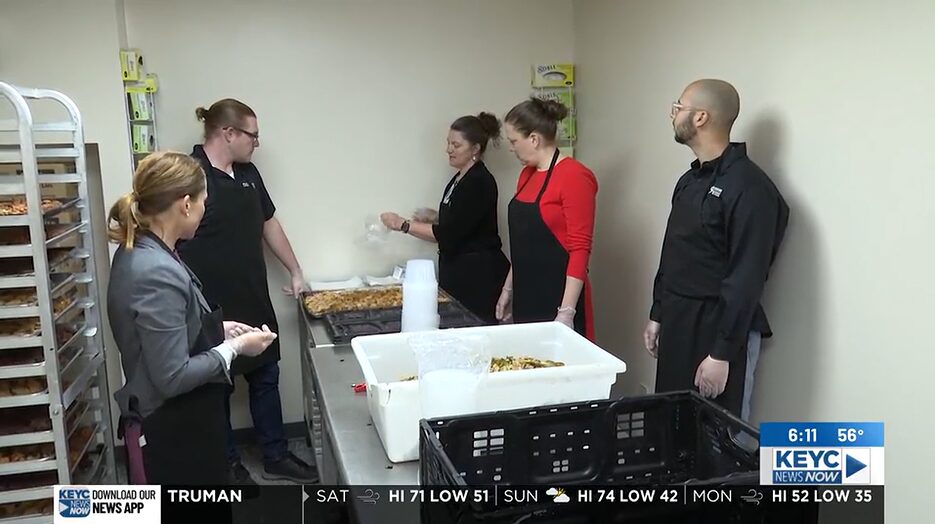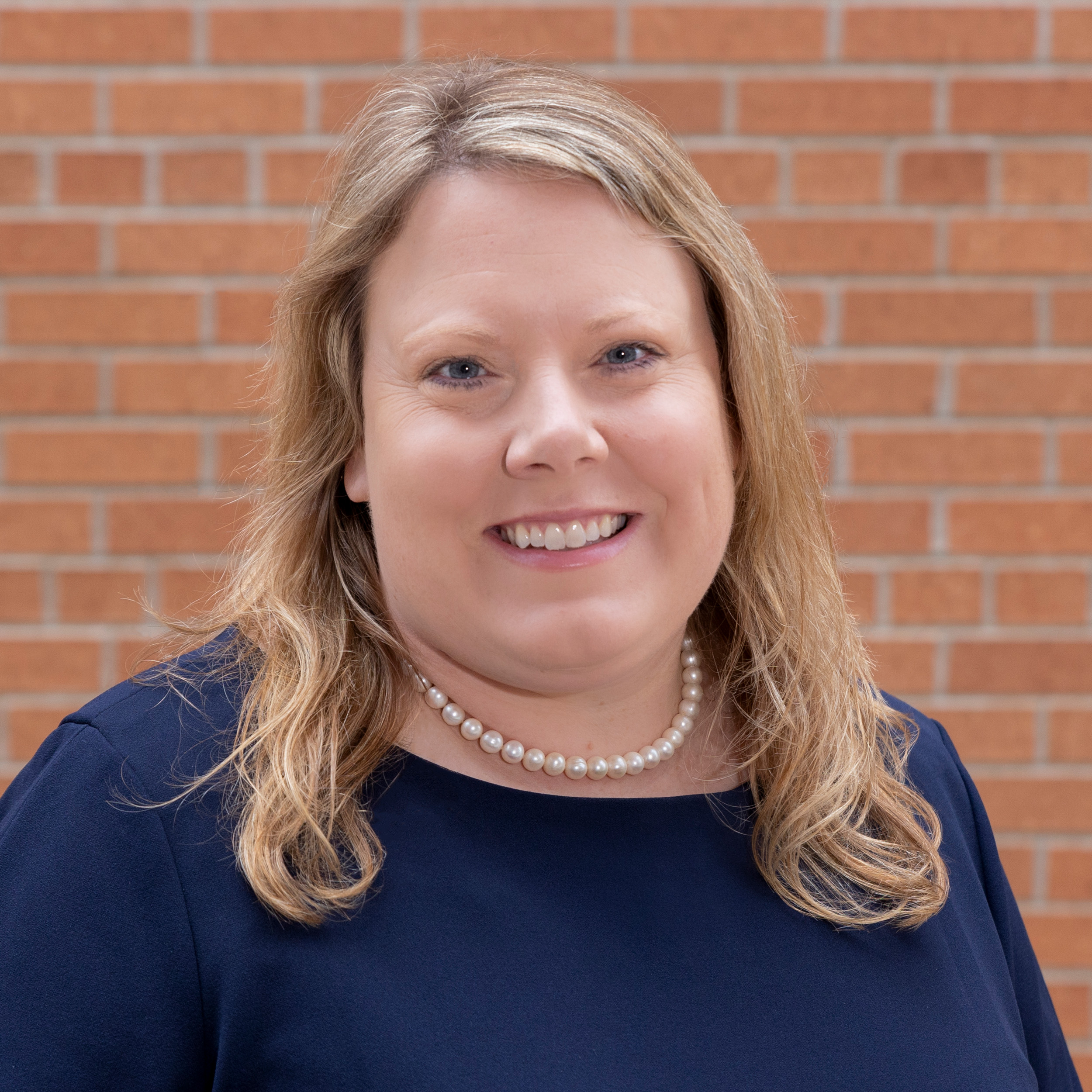April E-Newsletter
in News, Newsletter/by Region NineGrant opportunities, new staff and more! Read about it all in Region Nine’s April 2018 E-Newsletter.
Broadband can be life or death for rural areas: How are we doing?
in News/by Region NineNORTH MANKATO — The threat to rural Minnesota used to be measured mostly by the lack of good paying jobs needed to keep young people staying in or moving to small towns.
Bill Coleman says the presence or absence of dependable, speedy broadband service is now the key to rural Minnesota’s success or failure.
“Even the smallest manufacturer now requires a fiber connection before they’ll move to a location,” Coleman, owner of Community Technology Advisors, told leaders from the nine-county region.
And it’s not just the ability to attract businesses and jobs that requires solid broadband service, it’s become a top requirement for young people considering moving to the area.
“More people say they won’t move to a place that doesn’t have connectivity.”
And he said the use of devices for telemedicine, in livestock and crop production, and other areas of daily life are only going to grow in rural areas.
Coleman spoke at Region Nine Development Commission’s Connect Rural Broadband Summit in North Mankato Thursday.
March E-Newsletter
in News/by Region Nine
January E-Newsletter
in News, Newsletter/by Region NineLearn 5 creative ideas for community engagement, share your story on broadband, and more in the latest issue of Region Nine’s E-News.
Madelia Comprehensive Plan Open for Review
in News/by Region NineThe draft of the Madelia Comprehensive Plan is ready for public review. The process started in January 2017 with an online community survey, a series of community engagement events and city council meetings. The draft document represents the culmination of all the public input and community effort.
Citizens are encouraged to review the document by visiting Madelia’s website at http://bit.ly/MadeliaCP. The draft document can be downloaded and comments may be submitted directly to City Hall through January 22, 2018. A hard copy of the draft is available at City Hall or the Madelia Branch Library.
After public review, the draft will undergo a public hearing process and be considered by City Council for adoption on January 22, 2018.
Questions and comments on the Madelia Comprehensive Plan can be directed to Madelia City Administrator, Jane Piepgras by phone at (507) 642-3245 or e-mail at jane.piepgras@madeliamn.com.
November E-Newsletter
in News, Newsletter/by Region NineWhat have we been up to at Region Nine Development Commission? Find out in the latest edition of our e-news!
Latest Posts
 MPCA Speaks of Benefits of Reducing Food WasteApril 16, 2025 - 3:33 pm
MPCA Speaks of Benefits of Reducing Food WasteApril 16, 2025 - 3:33 pm RNDC Receives $100,000 Grant for Regional Effort to Rescue Surplus Food for Food ShelvesDecember 20, 2024 - 11:42 am
RNDC Receives $100,000 Grant for Regional Effort to Rescue Surplus Food for Food ShelvesDecember 20, 2024 - 11:42 am Beyer named deputy director for Region Nine Development CommissionDecember 20, 2024 - 10:48 am
Beyer named deputy director for Region Nine Development CommissionDecember 20, 2024 - 10:48 am
Contact Us
- 3 Civic Center Plaza, Suite 310
- Mankato, MN 56001
- (507) 387–5643
- Mon – Fri 8:00 – 4:30
Fridays from Memorial Day through Labor Day
we are open until 3:30.
The RNDC office is closed most major holidays. Please go to the Calendar for more information.
Our staff follows a hybrid schedule. Please call ahead or contact an RNDC staff member to schedule a meeting.
Join Our Newsletter
Categories
- Archive (3)
- Miscellaneous (5)
- News (148)
- Newsletter (92)
- RNDC Policies (3)

